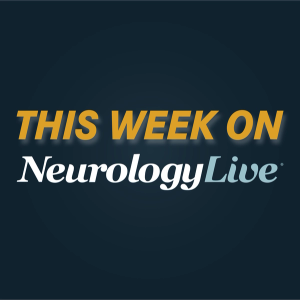|Videos|October 30, 2020
The Changing Treatment Landscape for Acute Migraine
Author(s)Robert Cowan, MD
David W. Dodick, MD
David W. Dodick, MD
David Dodick, MD, and Robert Cowan, MD, FAAN, review changes to the treatment landscape for acute migraine.
Advertisement
Newsletter
Keep your finger on the pulse of neurology—subscribe to NeurologyLive for expert interviews, new data, and breakthrough treatment updates.
Advertisement
Related Articles
 Del-Zota Reverses Duchenne Disease Progression in 1-Year Trial Update
Del-Zota Reverses Duchenne Disease Progression in 1-Year Trial UpdateSeptember 15th 2025
 2025 Women in Neurology Conference: Educating, Mentoring, and Networking
2025 Women in Neurology Conference: Educating, Mentoring, and NetworkingSeptember 15th 2025
 This Week on NeurologyLive® — September 15, 2025
This Week on NeurologyLive® — September 15, 2025September 15th 2025
 NeurologyLive® Brain Games: September 14, 2025
NeurologyLive® Brain Games: September 14, 2025September 14th 2025
Latest CME
Advertisement
Advertisement
Trending on NeurologyLive
1
Del-Zota Reverses Duchenne Disease Progression in 1-Year Trial Update
2
This Week on NeurologyLive® — September 15, 2025
3
NeurologyLive® Brain Games: September 14, 2025
4
2025 Women in Neurology Conference: Educating, Mentoring, and Networking
5








































